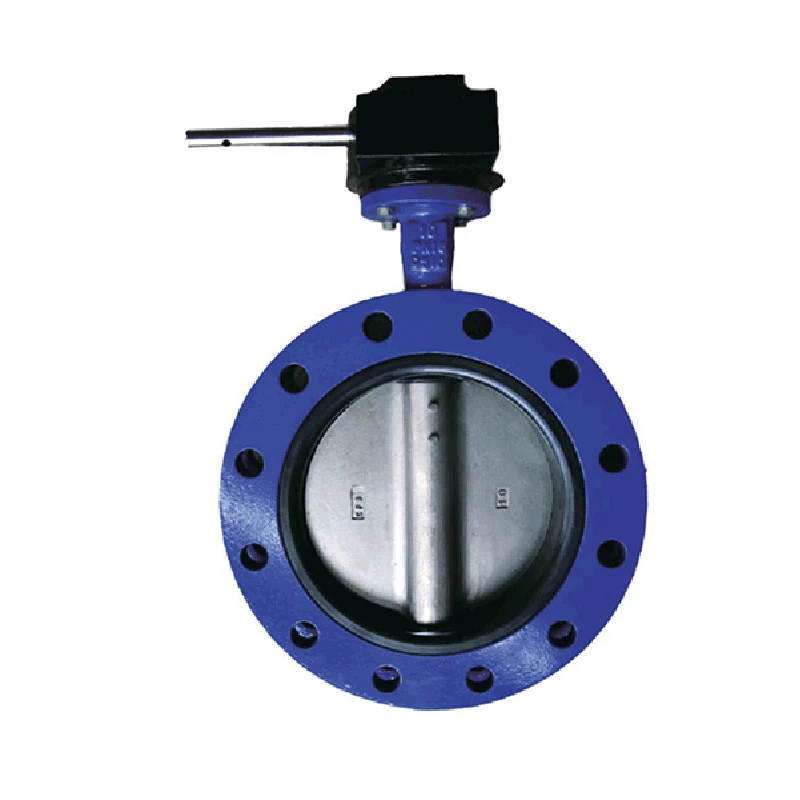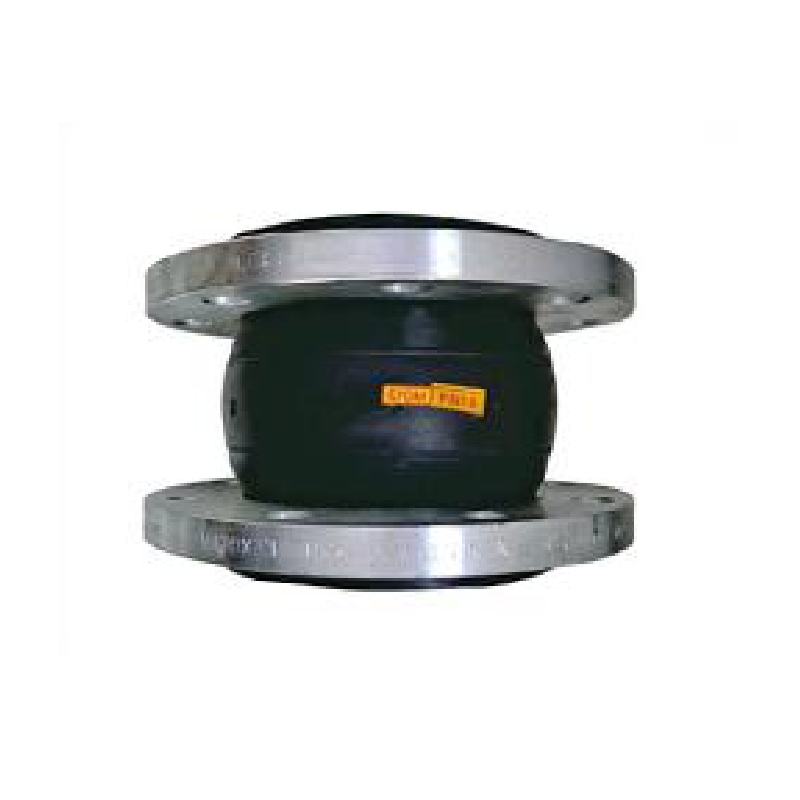May . 30, 2025 19:47 Back to list
Hand Lever Butterfly Valves Durable Manual Control & Easy Operation
- Introduction to hand lever butterfly valve
s and their basic operation - Technical advantages and performance characteristics
- Comparative analysis of leading manufacturers
- Customization options for specific applications
- Industry-specific application case studies
- Installation best practices and maintenance protocols
- Future trends and concluding remarks on valve selection

(hand lever butterfly valve)
Understanding Hand Lever Butterfly Valves in Industrial Systems
Hand lever butterfly valves represent a crucial category of quarter-turn valves employed across fluid control applications. These valves feature a circular disc mounted on a rotating shaft that controls media flow through pipelines. The defining characteristic is the manual hand lever mechanism which provides 90-degree operation between fully open and closed positions. Operators value these valves for immediate visual position indication – when the lever aligns with the pipe, flow occurs; perpendicular positioning signals complete shutoff. Available in wafer, lug, and double-flanged designs, these valves interface with pipelines ranging from 2" to 48" diameters.
Technical Advantages and Operational Performance Metrics
Modern hand lever operated butterfly valves deliver exceptional performance characteristics that justify their widespread industrial adoption. Critical technical advantages include:
- Rapid operation requiring under 5 seconds for full cycle rotation
- Flow coefficients (Cv) between 350-12,000 depending on valve size
- Pressure drops limited to 1-3 psi in full-open configuration
- Temperature tolerance spanning -20°F to 450°F across material options
The combination of compact installation footprint and minimal maintenance requirements yields total cost of ownership reductions exceeding 40% compared to gate or ball valve alternatives. Forged stainless steel shafts with dual O-ring seals ensure zero-leakage performance even after 25,000 operational cycles. EPDM, Viton, and PTFE seat materials enable compatibility with aggressive chemicals while maintaining bubble-tight shutoff capabilities.
Manufacturer Comparison Analysis
| Manufacturer | Pressure Rating | Temperature Range | Body Materials | Cycle Life | Compliance Standards |
|---|---|---|---|---|---|
| ValvTech Industries | 150-250 PSI | -20°F to 500°F | CF8M, WCB, 316SS | 100,000+ | API 609, ISO 5752 |
| FlowControl Dynamics | 200-300 PSI | -30°F to 450°F | Duplex SS, A351 | 85,000 | ASME B16.34, PED |
| SealMaster Valves | 150-200 PSI | 0°F to 400°F | 304SS, Carbon Steel | 65,000 | ISO 5208, AWWA C504 |
| GlobalValve Solutions | 175-225 PSI | -15°F to 425°F | 316L, Alloy 20 | 75,000 | API 598, ISO 9001 |
The analysis indicates critical differences in design philosophy among manufacturers. ValvTech employs precision-machined disc edges that maintain seal integrity under thermal cycling, while FlowControl's patented shaft design eliminates potential media entrapment in food processing applications. SealMaster focuses on economical compliance with municipal water standards whereas GlobalValve delivers specialized metallurgy for corrosive chemical handling.
Customization Solutions for Specific Industry Requirements
Engineers frequently require specialized adaptations of standard butterfly valve hand lever configurations to meet project specifications. Customization parameters include:
- Extended shaft assemblies for insulated piping systems
- Fire-safe design certifications meeting API 607/API 6FA
- Sanitary finishes with Ra ≤ 0.8 μm surface roughness
- Explosion-proof position indicators for hazardous areas
Material compatibility presents the most frequent customization challenge. For seawater applications, super duplex stainless steel bodies paired with HIP-seat technology provide chloride resistance exceeding 26,000 ppm. High-purity pharmaceutical installations utilize electropolished 316L components with internal surface finishes meeting ASME BPE-2019 standards. Custom leverage mechanisms scale from standard 14-inch levers to 52-inch geared operators for valves exceeding 36-inch diameter.
Application Case Studies Across Industries
Hand lever butterfly valves demonstrate exceptional versatility across industrial sectors. Consider these implementations:
- Wastewater Treatment: Philadelphia Water Department achieved 22% operational cost reduction by replacing gate valves with lug-style valves featuring EPDM seats for sludge handling
- Chemical Processing: BASF utilized PTFE-lined valves with Monel shafts achieving zero maintenance interventions for 3 years in acid transfer lines
- Marine Applications: Carnival Cruise Lines standardized on ISO 5211-compliant valves with galvanic isolation kits preventing seawater corrosion failures
- Power Generation: Duke Energy implemented fire-safe valves meeting UL 1709 standards, withstanding 30-minute hydrocarbon fire exposure without leakage
Installation Procedures and Maintenance Protocols
Proper mounting ensures optimal hand lever butterfly valve performance. Field technicians must adhere to these critical steps:
- Precisely align pipeline flanges maintaining gap ≤ 0.125" prior to insertion
- Alternate sequential bolt tightening following ASME PCC-1 torque specifications
- Position lever quadrant for unobstructed 90-degree rotation with safety clearances
Routine maintenance protocols involve quarterly visual inspections of lever mechanisms and six-month seat integrity verification using ultrasonic flow detection. Operators should exercise valves monthly to prevent seating surface consolidation. When repairing valves exceeding 15,000 cycles, replace both O-rings and inspect shaft wear using laser micrometry techniques to detect deviations exceeding 0.0005 inches. Rebuilt valves undergo hydrostatic testing at 1.5 times maximum operating pressure.
Future Developments in Valve Technology
The hand lever butterfly valve market continues advancing through material science innovations and operational enhancements. Recent developments include graphene-reinforced polymer seats that double wear resistance while maintaining elasticity at cryogenic temperatures. Digital integration now offers NFC-enabled position tags that document valve history through mobile interfaces. Looking forward, the emergence of API 607-compliant ceramic composite discs promises fire-safe performance without metal contamination risks. These advancements secure the hand lever operated butterfly valve's position as the preferred flow control solution where rapid isolation is paramount. As industries demand increased reliability and lower lifecycle costs, these valves continue evolving to meet the most stringent operational requirements in modern piping infrastructure.

(hand lever butterfly valve)
FAQS on hand lever butterfly valve
Q: What is a hand lever butterfly valve?
A: A hand lever butterfly valve is a quarter-turn valve that uses a lever mechanism to control fluid flow. It features a disc that rotates 90 degrees to open or close the pipeline, ideal for quick shut-off applications. The lever provides manual operation without requiring external power sources.
Q: Where are hand lever operated butterfly valves commonly used?
A: These valves are widely used in water treatment, HVAC systems, and industrial pipelines for regulating or isolating flow. Their compact design and ease of operation make them suitable for low-pressure systems. They are also popular in applications requiring frequent adjustments.
Q: What are the advantages of a butterfly valve with a hand lever?
A: Key advantages include simple installation, low maintenance, and cost-effectiveness. The lever allows for quick visual confirmation of open/closed status. Its lightweight design reduces strain on piping systems compared to bulkier valve types.
Q: How do you operate a hand lever butterfly valve?
A: Rotate the lever 90 degrees clockwise to close the valve and counterclockwise to open it. The lever position parallel to the pipe indicates full flow, while perpendicular means closed. Ensure smooth operation by periodically lubricating the stem and disc.
Q: Can a hand lever butterfly valve handle high-temperature fluids?
A: It depends on the valve material and seat type. Standard rubber-seated valves are limited to moderate temperatures (up to 200°F/93°C). For higher temperatures, metal-seated valves with heat-resistant materials like stainless steel are recommended.
Share